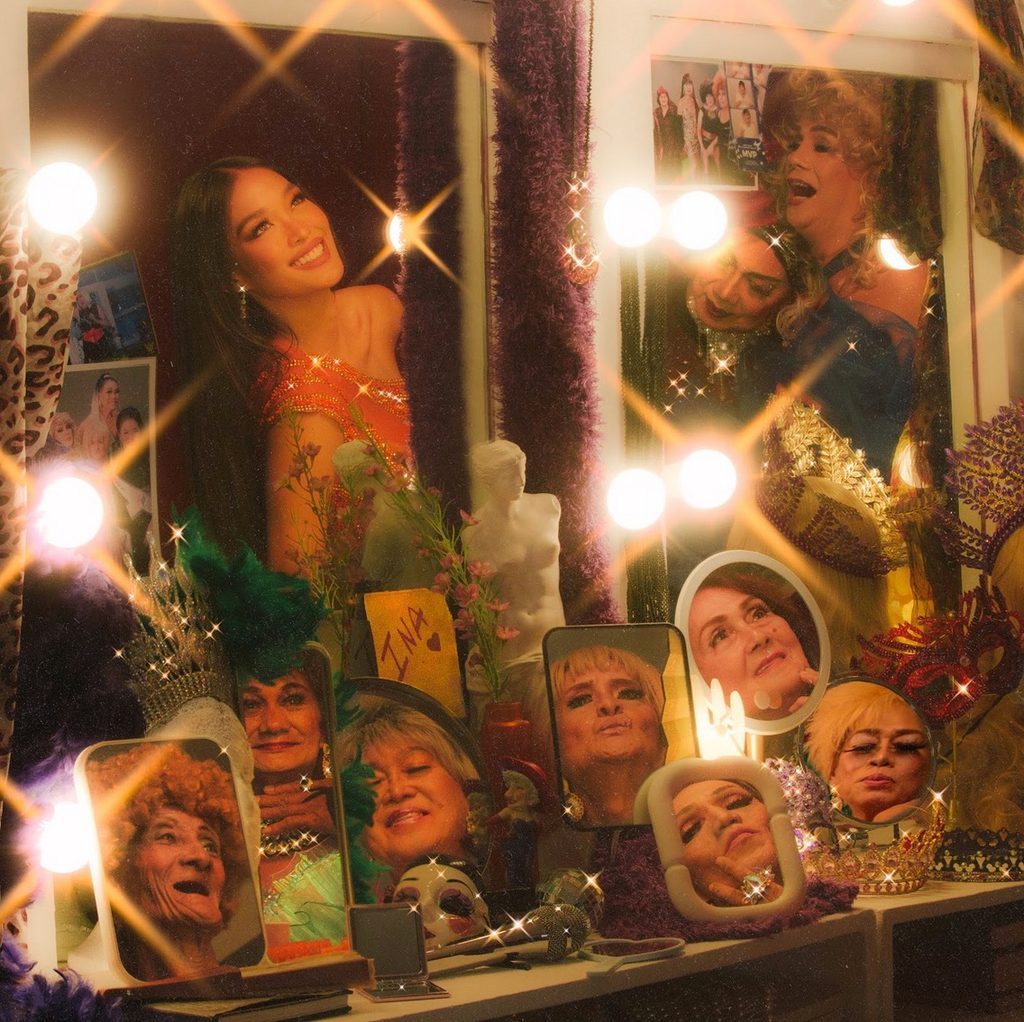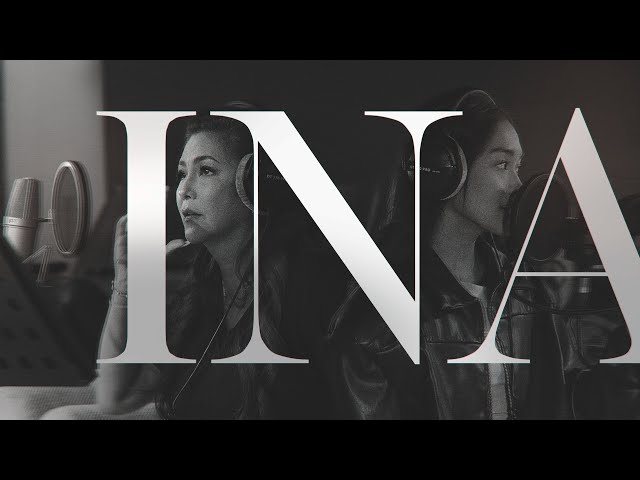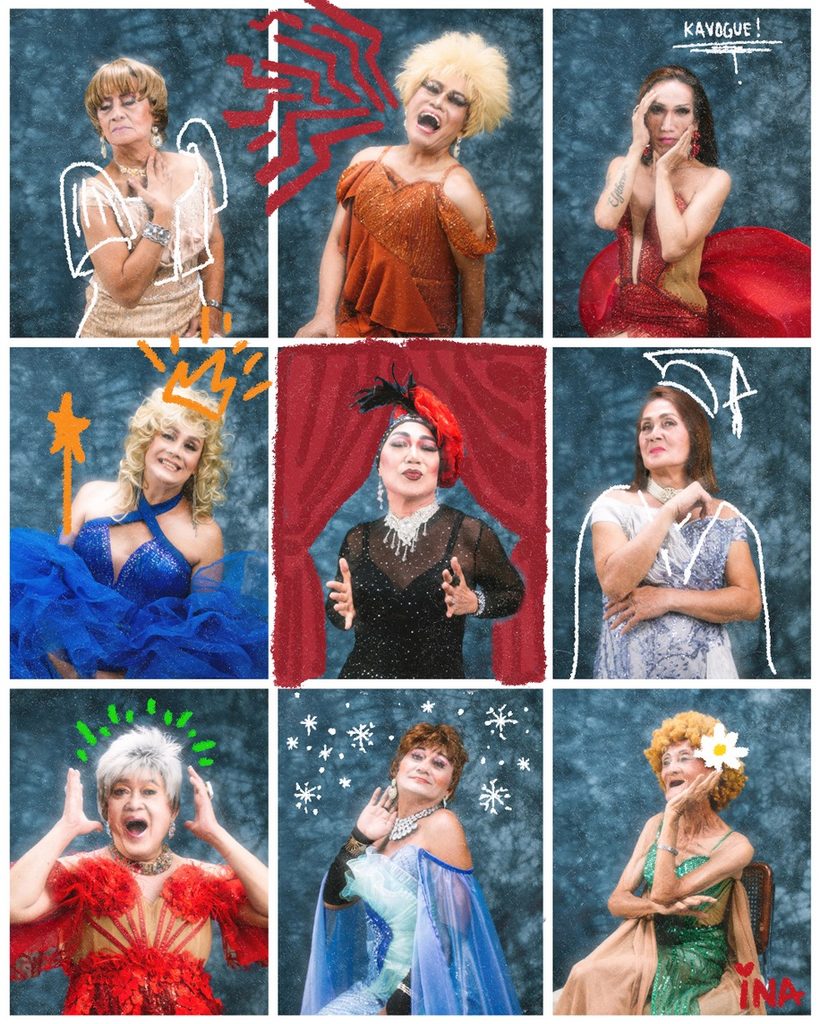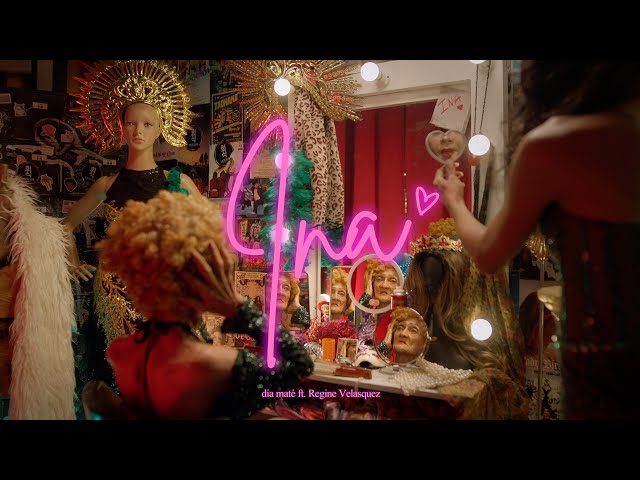When Dia Maté made her foray into the world of music over the pandemic, her songs had a softness to them that could only be produced by a certain level of sadness from prolonged isolation. Back then, she was just attempting to find her own identity.
She was a bedroom producer back then — the mellow R&B soundwaves of her music mostly ricocheting off those four walls. But even then, Dia’s music had always been a portal into her deepest thoughts.
The moment pageantry came into her life, though, everyone would begin to see a new side of Dia, and of course, so did her music. The Caviteña entered her first-ever pageant in 2024, and eventually went on to win the Philippines’ second Reina Hispanoamericana crown in 2025.
“Miss Universe, Miss World, and then winning Reina [Hispanoamericana] really gave me confidence. I learned more about myself and more about how to be a woman,” Dia shared.
Growing up, Dia had always liked doing her makeup and hair, but these didn’t seem to like her back. And the fierce walk she could effortlessly execute down the pageant runway surprisingly didn’t come naturally to her from the start. But that wouldn’t be the case for long.
“I feel my most feminine right now because I’m really taking care of myself. It translated into my music because I wanted to be empowering. I wanted to create something fun because my fanbase wasn’t just niche people anymore. It was pageant fans, queer fans, women, and I wanted to create music that would cater to them and not just empower me, but empower everyone else,” she told Rappler.
It would quickly become clear, then, pageantry had given her more than just a crown. It had lit a fire within her that gave her the confidence boost she needed to create the music that would allow her to do the same for others.
“With being a beauty queen, I now more than ever want to make music with purpose. I want to create music that’s going to not just empower, but create a voice for the people that need it. Because when you find a song that’s really yours, you hear it and keep it to heart. I want to make music like that,” she explained.
As if in a snap, Dia would then go from reserved soft girl to outspoken diva. The best testament to that? Her latest single with Regine Velasquez: “Ina,” or “mother” in English.
All because of the Golden Gays
Dia had grown up surrounded by members of the LGBTQ+ community. Her grandmother’s best friends were gay, and many of the creatives and mentors she would regularly work with both as a beauty queen and as a recording artist are queer, too.
It wouldn’t take long for Dia to realize that much of the love and support being thrown behind her was coming from that steadfast group of people. Over time, she’d even been lovingly given the moniker of “babaeng bakla.”
“Ina,” then, molded itself into a dance-worthy anthem to empower the LGBTQ+ community.
Dia wrote the single with her good friend and fellow artist Dom Guyot, alongside Velasquez herself, who added her own legendary touch to the song.
The message behind it is simple: be whoever you want to be.
“You don’t specifically have to be part of the community to enjoy this song because it really has a strong message — that you should be whoever you want to be. Be yourself. You shouldn’t let other people’s opinion affect who you want to be in life,” Dia mused.
Beyond that power, however, “Ina” is Dia’s way of showing that she’s always going to be here for the community, not just as a beauty queen, but as an artist who wants to serve as a vessel to amplify their stories.
The 2025 Reina Hispanoamericana had chosen the perfect group of people to dedicate the song to: the Golden Gays — the queer group who bore the brunt of prejudice in their youth so the succeeding Filipino LGBTQ+ generations could love more freely.

“Back then, they couldn’t hold hands with their lovers. They couldn’t be in drag without being ridiculed, being judged. It wasn’t normal back then. But they did it because they loved it and they wanted to really show who they are, express their passion for dance, for performance, for music, and this art of drag. And they did it so much that it really became normalized in our community,” explained Dia.
And that’s why to this day, we have Drag Race, right? We have all of these drag bars. You see gay people walking around hand-in-hand and no one judges them anymore. And this is because of the Golden Gays, or the elderly people from the community paving the path for us, for the younger generation,” she continued.
Perhaps one of the stickiest lyrics in “Ina” is “Nandito na si Nanay (Mother is here now).”
It’s a way of conveying to the current generation of queer individuals that the older ones are always going to be here to fight for them, heal them, and help them channel the confidence to be their true selves.
“We wanted to work with the Golden Gays because the lyrics match so well with their advocacy. They help other elderly gay. They also help the younger queer community. And they just really want to help the younger generation. They really are the mothers of the community, the mothers of the society, so it was a perfect fit,” she told Rappler.
But Dia isn’t just honoring the Golden Gays’ legacy with “Ina.” She and her team are set to release an accompanying documentary capturing their journey from their home in Pasay City.
The documentary will be a way to get the public to know the Golden Gays better through their individual stories and collective advocacy.
“We really wanted to give them that platform and that space to really talk about who they are and give them that shining moment,” explained Dia.
From one ‘babaeng bakla’ to another
There was still a missing piece to have “Ina” be in its most perfect form, however. But Dia knew exactly what to do: enlist the help of her fellow babaeng bakla, Regine Velasquez — who’s earned a stellar reputation not just as “Asia’s Songbird,” but as one of the country’s gay icons.
A huge part of Regine’s large fanbase are members of the LGBTQ+ community, so it was an instant “yes” for the OPM legend.
“Everyone, the engineer, the producer of the song, my vocal coach, we were all just watching her,” Dia recalled when she first set foot into the studio, describing Regine’s general presence as a masterclass in all things music.

Everything flowed easily for the veteran. She knew exactly where her vocals would fit into “Ina.” She would even effortlessly do all these ad libs and belt out all her high notes like it was nothing — all in just two or three takes.
The outcome: a fierce track that’s the epitome of what it means to “mother” in all its forms. For Dia, it’s all about fearlessly showing everyone who you truly are and being your own queen — whether it’s by excelling in what you do (while serving face!) or caring for those around you.
“Ina” is a true serve in all aspects. Even its visuals take on the theme of graduation, to symbolize the Golden Gays passing their crown and artistry down to the next generations.

And as early as now, we’re able to what happens when Dia’s worlds collide: her pageant experience, her work as a musician, and most importantly, her love for those around her. – Rappler.com
Content shared from www.rappler.com.

